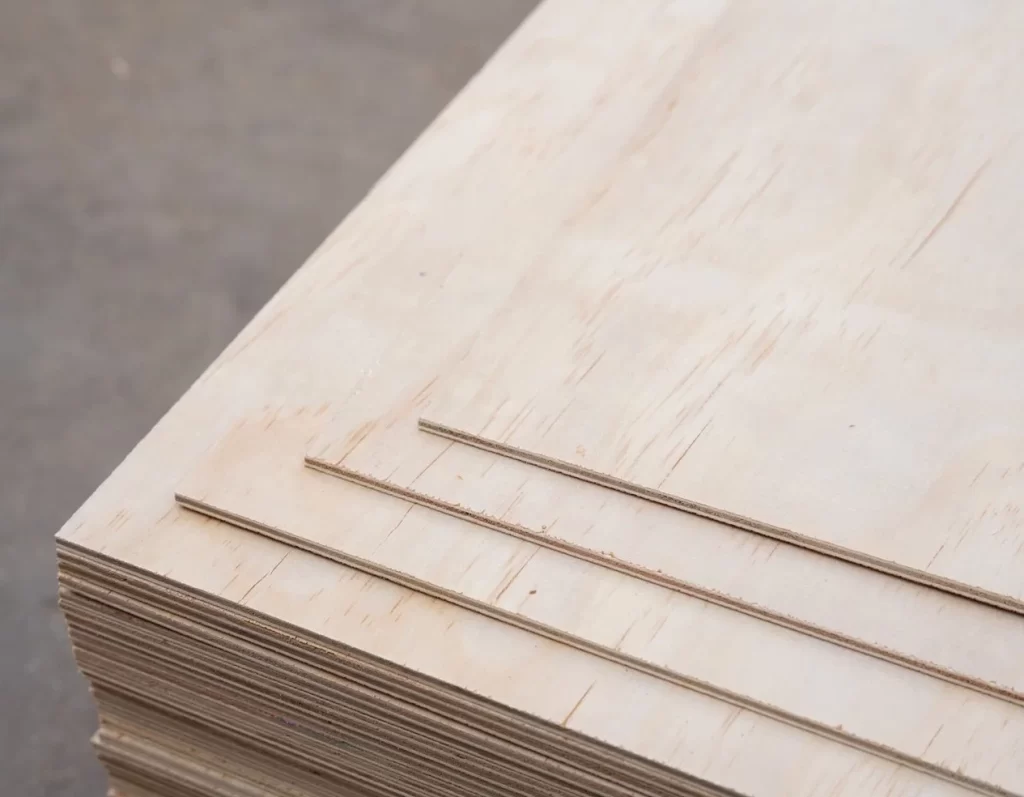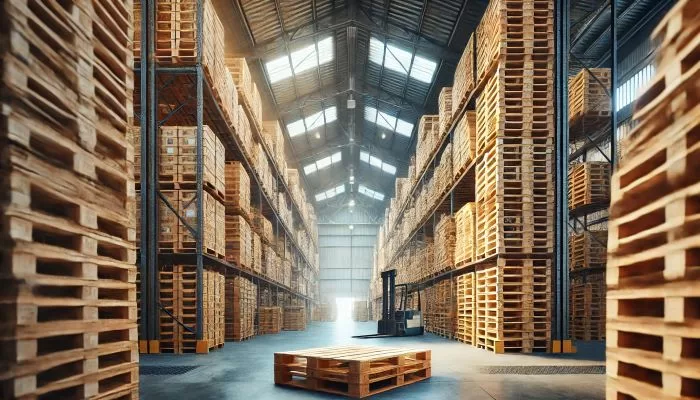Insight
Difference between LVB, LVL plywood
LVL stands for Laminated Veneer Lumber. It’s a type of engineered wood product that’s popular in construction applications due to its strength and stability.
LVB stands for Laminated Veneer Board with a Bi-directional Core. It’s an engineered wood product similar to LVL (Laminated Veneer Lumber) but with a key difference in the core construction.
Below is a breakdown of the key differences between LVL and LVB plywood.
1. LVL plywood feature
LVL Plywood is made from thin wood sheets (veneers) glued together with all the grains running in the same direction. It is known for its exceptional strength and dimensional stability, making it ideal for load-bearing applications in construction like beams, headers, and studs.
LVL is graded based on factors like strength (S-Grades), moisture resistance (E-Grades), suitability for interiors (low-emission glues), and sometimes appearance (architectural grade).
2. LVB plywood feature
LVB is also made from thin wod sheet similar to LVL, but the veneers in the core have a mixed grain direction, not strictly alternating like plywood. Some configurations might have vertical and horizontal layers, or random placement.
It generally falls between LVL and plywood in strength due to the mixed core.
3. Key distinctions between LVL and LVB
| LVL (Laminated Veneer Lumber) | LVB (Laminated Veneer Lumber with a Bi-directional Core) | |
| Grain direction | All veneers run in the same direction. | Veneers in the core have mixed directions, not strictly alternating like plywood. Some configurations might have vertical and horizontal layers, or random placement. |
| Strength | Very strong, especially in the direction of the grain. | Generally falls between LVL and plywood in strength due to the mixed grain core. |
| Stability | Excellent dimensional stability due to consistent grain direction. | Good stability, but not quite as good as LVL due to the mixed grain core. |
| Applications | Primarily used in construction for beams, headers, studs, and other load-bearing applications. | Often used in high-end furniture due to good strength and ability to be formed into curved shapes. |
| Grades | Classified based on strength (S-Grades) for dry conditions, exposure (E-Grades) for some moisture resistance, interior use with low formaldehyde emissions, and appearance (architectural grade) for a more visually appealing finish. | Not as standardized as LVL, but might be based on similar categories like strength and moisture resistance. |
 |
 |
In summary
- Think of LVL as a bunch of straws all bundled together in the same direction – very strong in that direction but not as flexible.
- Plywood is like alternating the direction of the straws for better overall stability, but individual straws might not be as strong.
- LVB falls somewhere in between, with a mix of straw directions in the core but generally good overall strength and some flexibility.









